|
Attention Orange Lake Guys: According to FWC website, beginning 1.25.2019 they will be spraying DIQUAT on, ORANGE, LOCHOLOOSA all week. Orange finally starting to show some improvement, healthy hydrilla in a few areas, and now this. #MyFWC, you guys and your "Science" is BULLSHIT !!! Using the #FWC "Waterbody Search Tool", the public can view the current workplan and schedule of operations for a particular waterbody.
The Current Aquatic Plant Control Workplan will specify the following:
Using the #FWC "Waterbody Search Tool" search results for Lochloosa Lake and Orange Lake as follows: Slideshare program: Screen captured select comments left on Scott's Facebook blog post. TRADE OR OTHER NAMES
REGULATORY STATUS
INTRODUCTION
ACUTE TOXICITY
CHRONIC TOXICITY
Reproductive Effects
Teratogenic Effects
Organ Toxicity
Fate in Humans and Animals
Effects on Birds
Effects on Aquatic Organisms
Effects on Other Animals (Nontarget species) Cows are particularly sensitive to the toxic effects of this material Breakdown of Chemical in Soil and Groundwater
Breakdown of Chemical in Water
Breakdown of Chemical in Vegetation
PHYSICAL PROPERTIES AND GUIDELINES
Extoxnet DIQUAT
0 Comments
Solid 7, on Bryan Heaberlin spook on Orange Lake. Note large petruding tumor and large number of tumors on the other side of fish. This makes the second large Orange Lake fish with totally unnatural sores. Herbicide spraying connection?? This is a slideshare of screen captures. Credit linked to screen capture. What spraying is going on in your area? click here TRADE OR OTHER NAMES
REGULATORY STATUS
INTRODUCTION
ACUTE TOXICITY
CHRONIC TOXICITY
Reproductive Effects
Teratogenic Effects
Organ Toxicity
Fate in Humans and Animals
Effects on Birds
Effects on Aquatic Organisms
Effects on Other Animals (Nontarget species) Cows are particularly sensitive to the toxic effects of this material Breakdown of Chemical in Soil and Groundwater
Breakdown of Chemical in Water
Breakdown of Chemical in Vegetation
PHYSICAL PROPERTIES AND GUIDELINES
Extoxnet DIQUAT |
Scott Wilson
blog
|








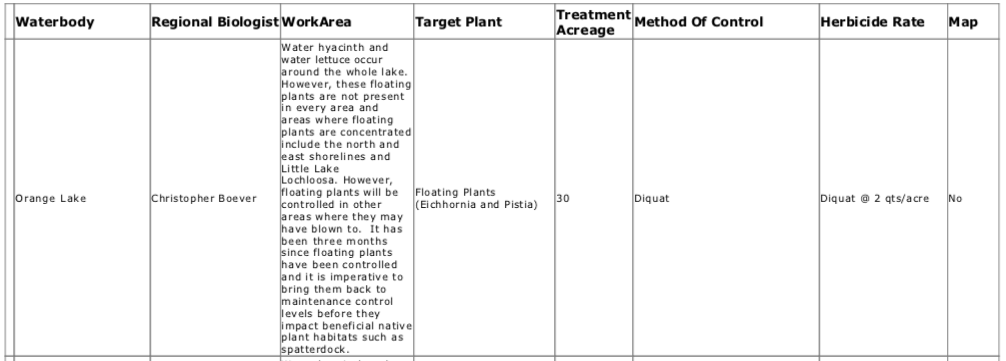








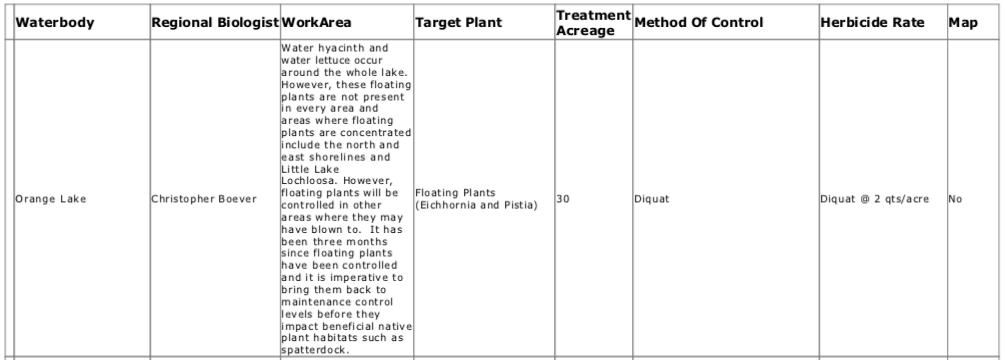






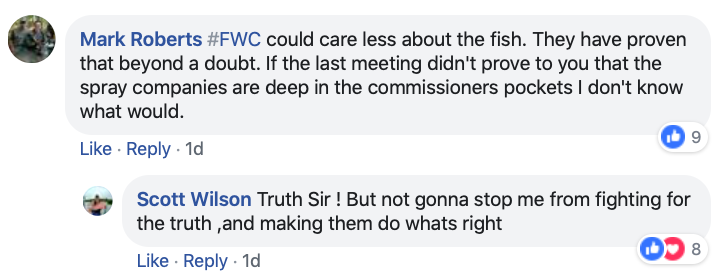


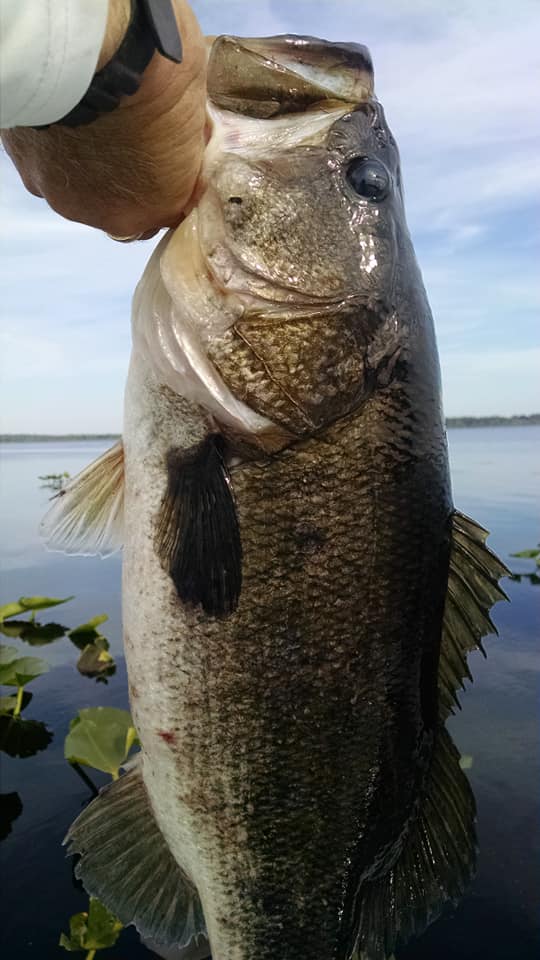
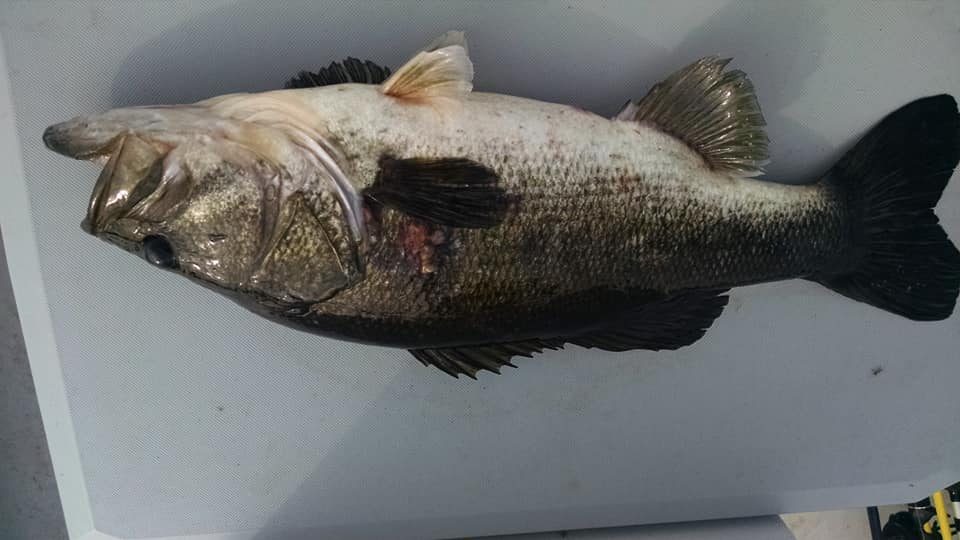
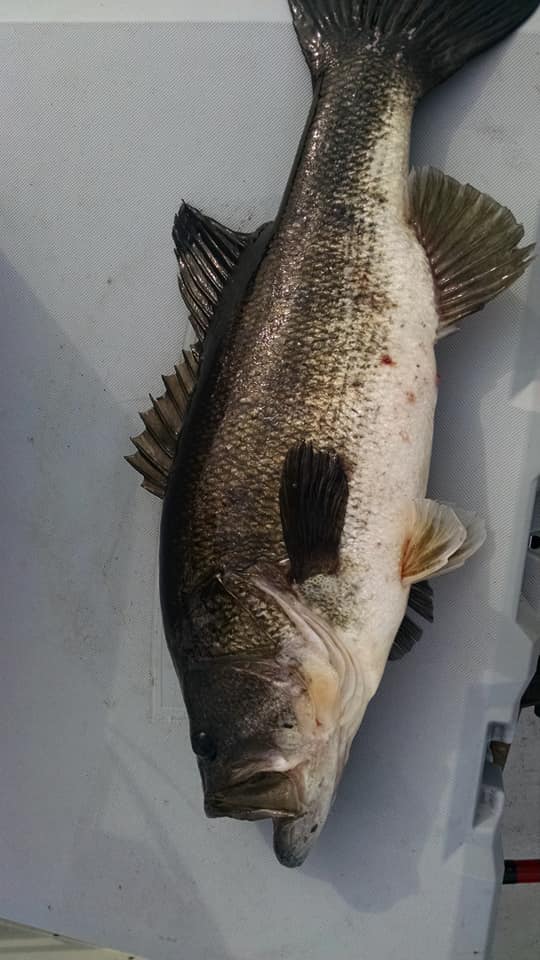
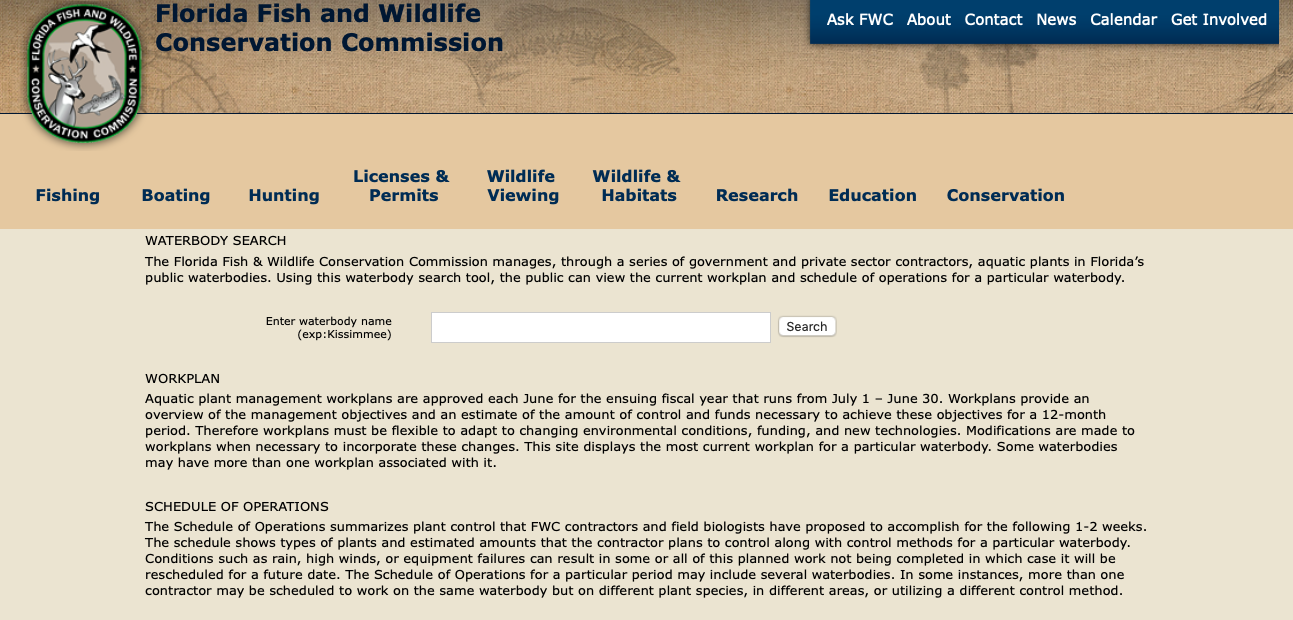
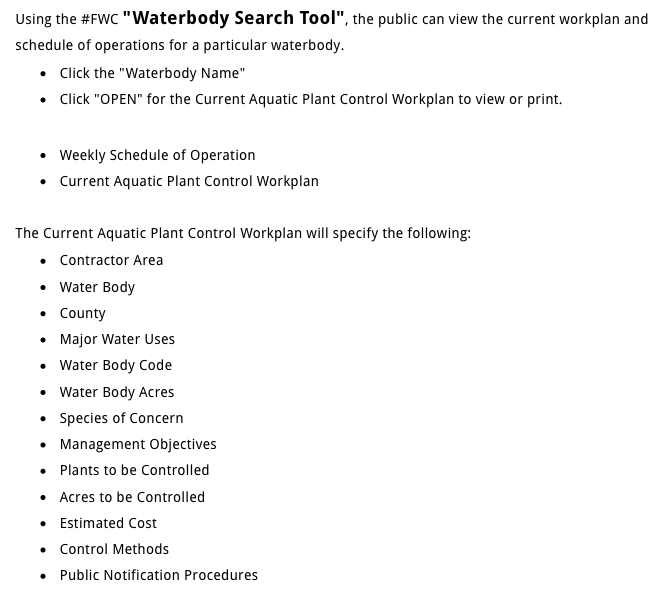

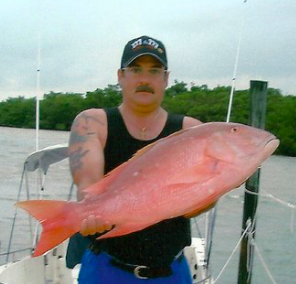
 RSS Feed
RSS Feed
